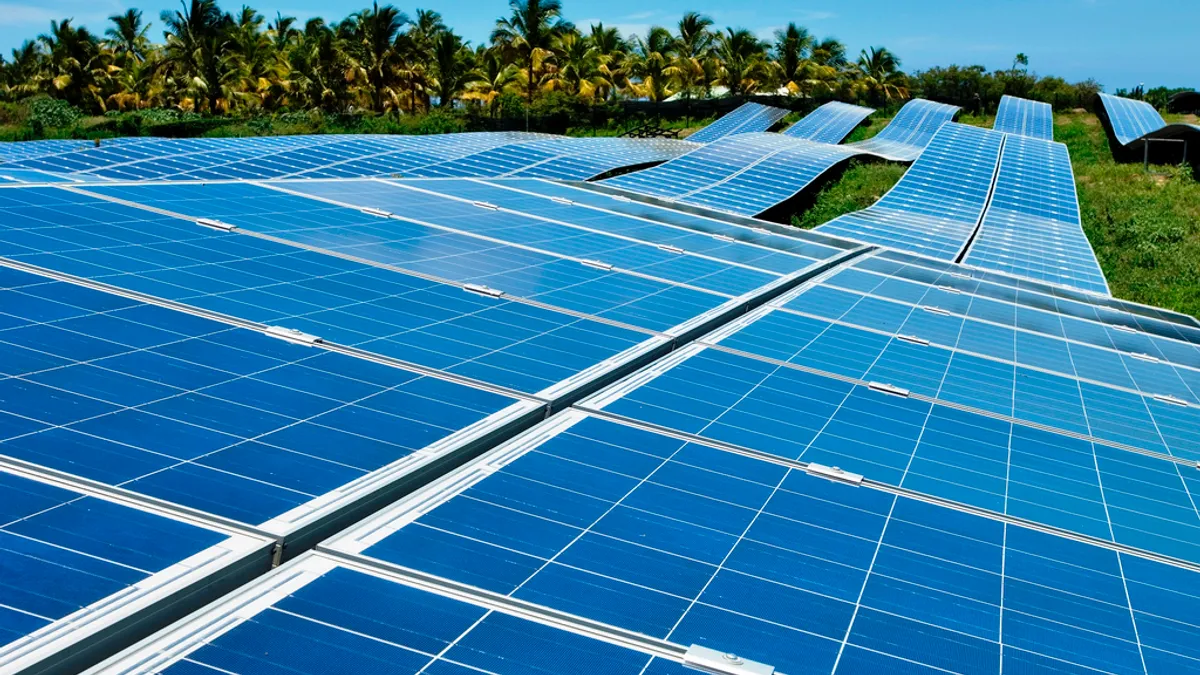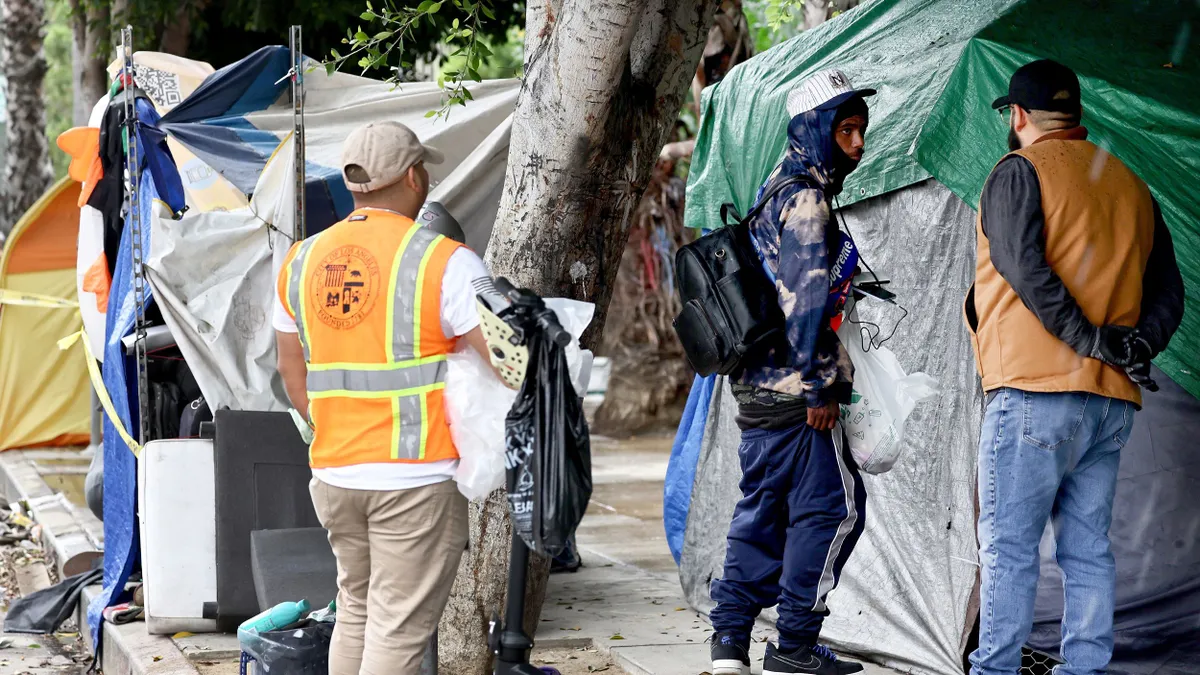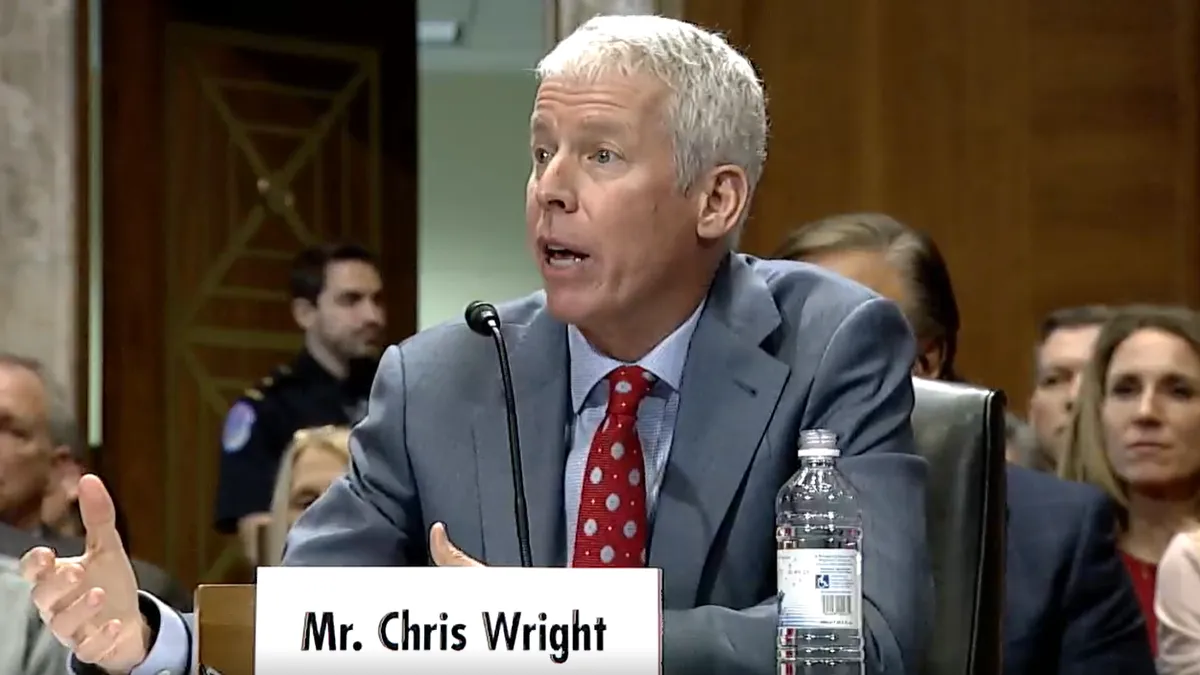The following is a contributed article from Megan Kerins and Ana Sophia Mifsud, senior associates at Rocky Mountain Institute.
As the energy industry transitions toward more distributed energy resources, electric utilities face a critical choice: embrace this opportunity or perceive it as a threat. This is especially true in the Caribbean where energy resilience is driving renewable microgrid adoption, fueled also by rapidly declining solar and battery storage costs.
During the 2017 hurricane season, extreme wind and rain damaged the region's transmission and distribution systems, leaving thousands of homes, businesses and critical facilities in the dark for weeks and, in some cases, months. Two years later, the region is innovating toward a system less dependent on centralized fossil-fueled generation, opting instead for resilient energy sources such as microgrids to safeguard against prolonged outages.
Large-scale shocks to the energy system are not unique to the Caribbean; microgrids can bring benefits to the grid and to all customers. What this shift means for the future of utilities will largely depend on how they face this new reality.
Accelerating the Caribbean clean energy transition
Among the many key energy stakeholders we work with at Rocky Mountain Institute, utilities often struggle to embrace this transition, but they must do so to avoid being blind-sided by the shift toward renewable energy sources.
Microgrids by definition are energy generation systems that can disconnect from the grid and continue to power isolated facilities even when the larger electrical grid is unavailable. They can provide continuous, reliable energy to community service organizations, critical businesses, first responders, schools or other important facilities following a natural disaster.
For utilities serving hurricane-prone areas — such as the Caribbean, the eastern seaboard of the United States and the Pacific — microgrids offer an opportunity to continuously maintain energy services to critical customers during and after outages. However, utilities are currently not the main actors involved in microgrid deployment and are thereby missing an opportunity to benefit from this trend.
For example, in the Caribbean region, the 2017 hurricane season illustrated the need to improve electricity system resilience. In Puerto Rico, the widespread, prolonged power outage contributed to 2,975 deaths, due in part to a lack of electricity to power clinics and other critical facilities. This tragedy emphasizes that nearly every service that people depend on — from medical treatment to clean water — depends on electricity.
The opportunity exists to meet this challenge with renewable energy microgrids. Key trends are converging, including reductions in hardware costs — such as solar modules and batteries. The Caribbean renewable energy market is maturing, leading to a more robust supply chain and competitive pricing.
More benefits with utilities
Despite the lack of utility involvement, disaster prone areas are already deploying microgrids as an energy resilience intervention. Since Hurricane Maria swept through Puerto Rico, at least 250 energy projects focused on critical facilities have been completed across 11 sectors. Based on data reported, total installed capacity is around 5.1 MW of solar photovoltaics and 7.9 MWh of battery storage, mostly lithium-ion based. These new assets depend less on fuel, are more reliable to operate, and will continue to operate when the grid is down.
With utility involvement, these systems can provide more benefits in the form of grid services to allow for better integration of distributed generation, save utilities on transmission and fuel costs, and provide revenue to the utility during grid outages. Bulk purchasing of microgrid equipment, which often leads to lower project costs, can be leveraged by utilities. Natural disasters will continue to occur in the Caribbean and elsewhere and by turning their focus toward microgrids, utilities can bring these benefits to their communities and service territories.
A new set of expectations for utility services and products has emerged from a quickly changing system, new technologies, evolving customer needs, and new external and environmental threats. Adding distributed components, such as microgrids, electric cars and battery storage to the grid has the potential to disrupt utility operations in ways that we have not seen before.
As the grid evolves, utilities need to assess how they are meeting new customer and system demands while continuing to provide energy safely, reliably and affordably. It will also require utility staff to learn entirely new skillsets, as everything from operations to planning to field service and customer service is transforming quickly.
To meet these new responsibilities while maintaining revenue will require utilities to shift their business model from one based on the sale of fossil kilowatt-hours to a business model based on the sale of “services.” Many aspects of how electric utilities have typically operated make it difficult to take this leap, including conventional rate design, conservative approaches and legacy regulatory structures.
No walk in the park
Adopting new strategies to participate in the distributed, renewable energy future — as necessary as it is — is no walk in the park. It will require utilities to consider dramatic changes in their integrated resource planning efforts to include distributed solar plus storage microgrids, which bring new functionalities and benefits. It will require them to proactively offer new rate design and pricing options, such as storage tariffs. It will also necessitate more customer engagement and involvement from third parties to determine how best to leverage utility advantages and maximize value to customers.
A real opportunity exists in the coming years for utilities to participate in advanced microgrid solutions. By deploying microgrids, utilities can maintain or increase revenue while keeping the lights on and keeping the meters running, even in the wake of shocks to their electrical grid. Additionally, distributed energy resources can provide seamless redundancy and resilience to a utility's operations, while continuously powering services that are critical to health and safety. Finally, utilities are uniquely positioned to operationalize and monetize the value of microgrids to all ratepayers instead of a select few, thereby creating a distributed energy grid to many instead of a set of early adopters.




















